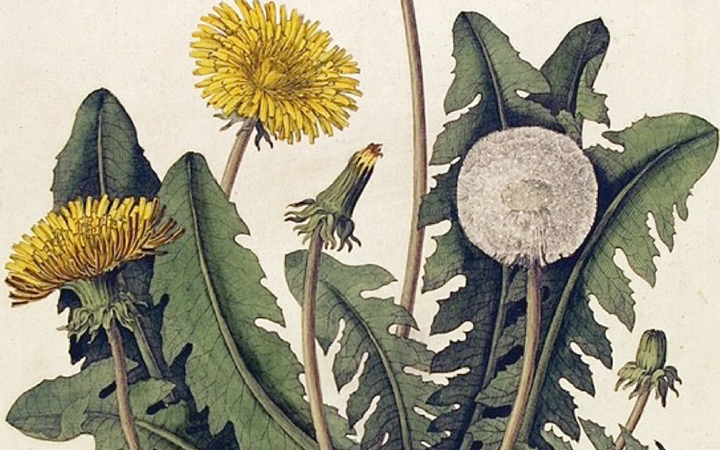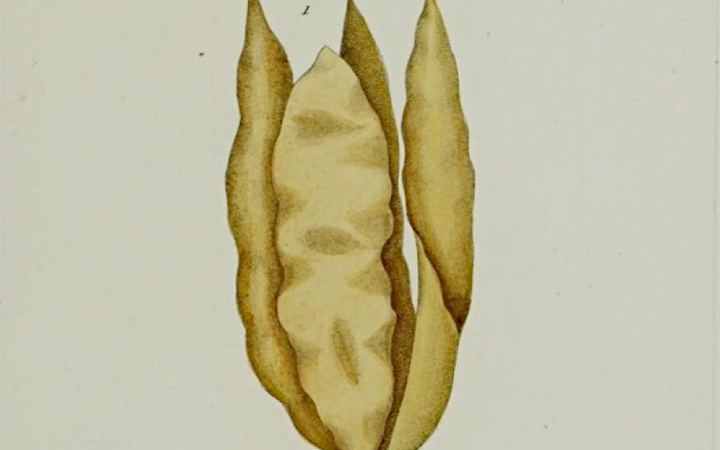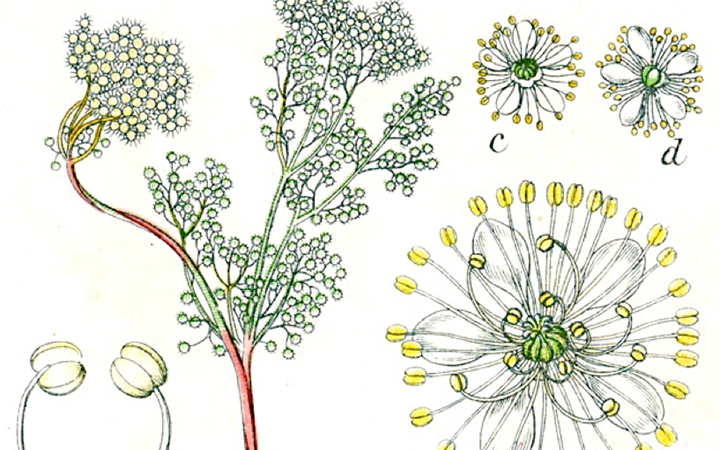Angiosperms

Common Dandelion
Taraxacum officinale


2 POINTS
Fact: T. officinale is considered a weed, especially in lawns and along roadsides, but it is sometimes used as a medical herb and in food preparation.

Apple Tree
Malus Domestica


9 POINTS
Fact: There is genetic proof that Malus sieversii is the wild ancestor of the domestic apple.

Duckweed
Lemnoideae subfamily


3 POINTS
Fact: Duckweed is an important high protein food source for waterfowl. As it contains more protein than soybeans, it is often cited as a potential human food source.

Himalayan Blackberry
Rubus armeniacus


2 POINTS
Fact: Native to Armenia and Northern Iran, the species was introduced to Europe in 1835 and to Australasia and North America in 1885.

Kelp
Laminaria genus


2 POINTS
Fact: Kelp grows in underwater “forests” (kelp forests) in shallow oceans.

Meadowsweet
Filipendula ulmaria


2 POINTS
Fact: It is known by many other names, and in Chaucer’s “The Knight’s Tale,” it is known as Meadwort.